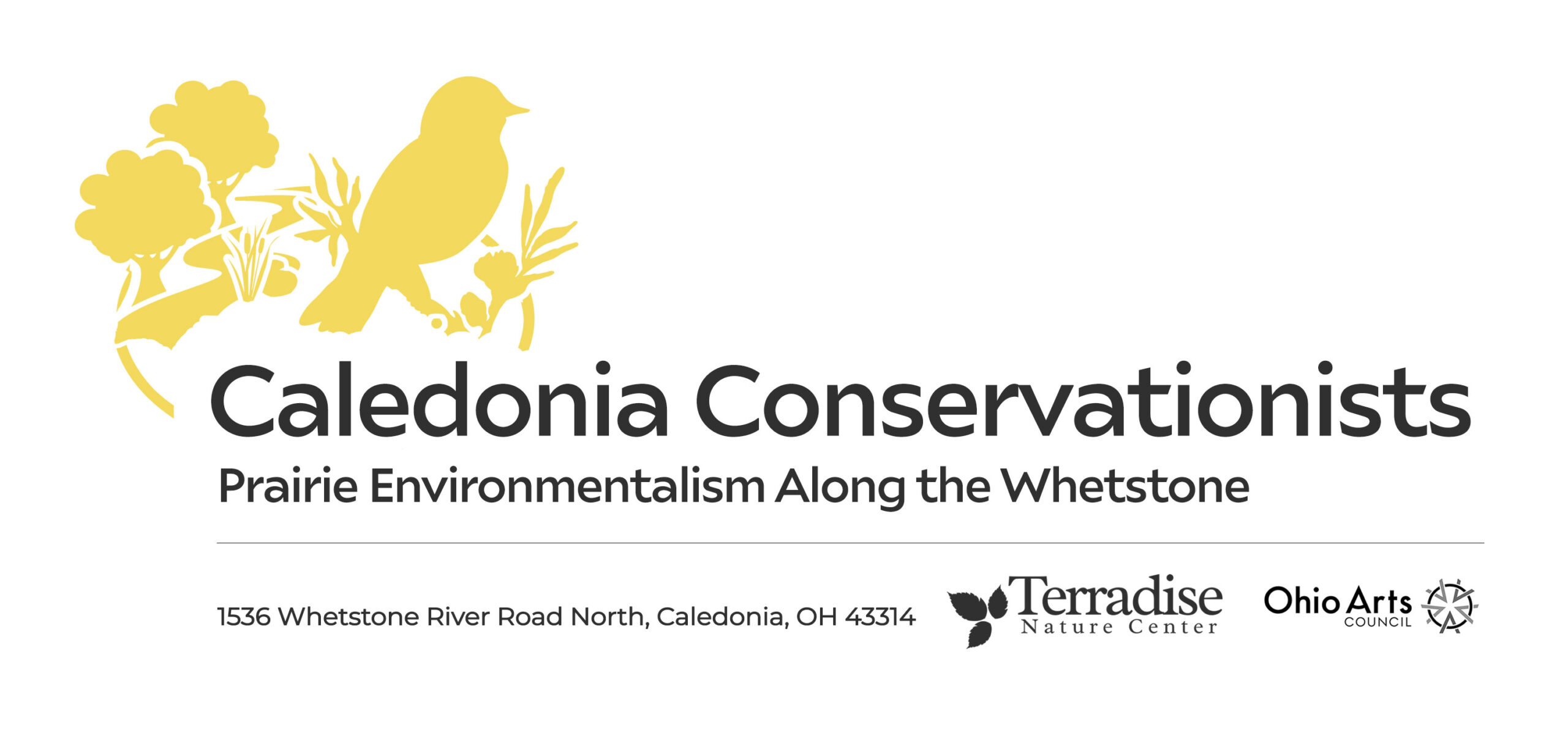Marion County’s Local History Movement
While local history efforts have blossomed on Marion County soil for millennia — both through the important oral traditions of the indigenous people who hunted & traveled through this region, & through the written accounts of settler-colonists to the Ohio Country, whose accounts of the geography, natural history, ecology, & culture of the area between the Whetstone & Scioto Rivers became tools for conquest. These colonial impulses produced some of the earliest comprehensive written histories of the region — Leggett, Conaway & Co.’s 1883 history, & Wilbur Jacoby’s 1907 History of Marion County & Representative Citizens — both of which focus on settler experience, & treated indigenous culture as a thing of the past.
Marion County’s local history movement came into an important heyday in the late 1960s: when local judge Charlton Myers began offering adult education classes in the history of Marion County. Students of those classes — organized by David Haldeman, Trella Romine, & fellow local history buffs — gathered together in 1969 & established the Marion County Historical Society (MCHS): devoted to helping make Marion County’s local history, & the artifacts & manuscripts making that history palpable; & accessible to people across the region. The fledgling historical society organized tours & began collecting Marion County maps, manuscripts, photographs, objects, & ephemera.
By the 1970s, MCHS wasn’t alone: Marion County was in the midst of a local history boom. With both the Marion Sesquicentennial (1972) & Caledonia Centennial in 1974, & the nationwide preparation for the U.S. Bicentennial in 1976, Marion County erupted with efforts to document its history. Marion County communities scurried to launch oral history projects, nominate buildings to the National Register of Historic Places, & to produce pamphlets & books that would capture the “olden times.” In 1979, MCHS — under the leadership of Trella Romine — published a new History of Marion County: a monumental volume carrying the history of Marion City & Marion County’s seven rural villages up to the present.
While the fervor of the Bicenntennial era’s local history push eventually faded into the collective depression of deindustrialization in the 1980s & 1990s, Marion County retains a robust local history landscape to this day: indebted, in large part, to the local history work that was catalyzed here at Terradise.




